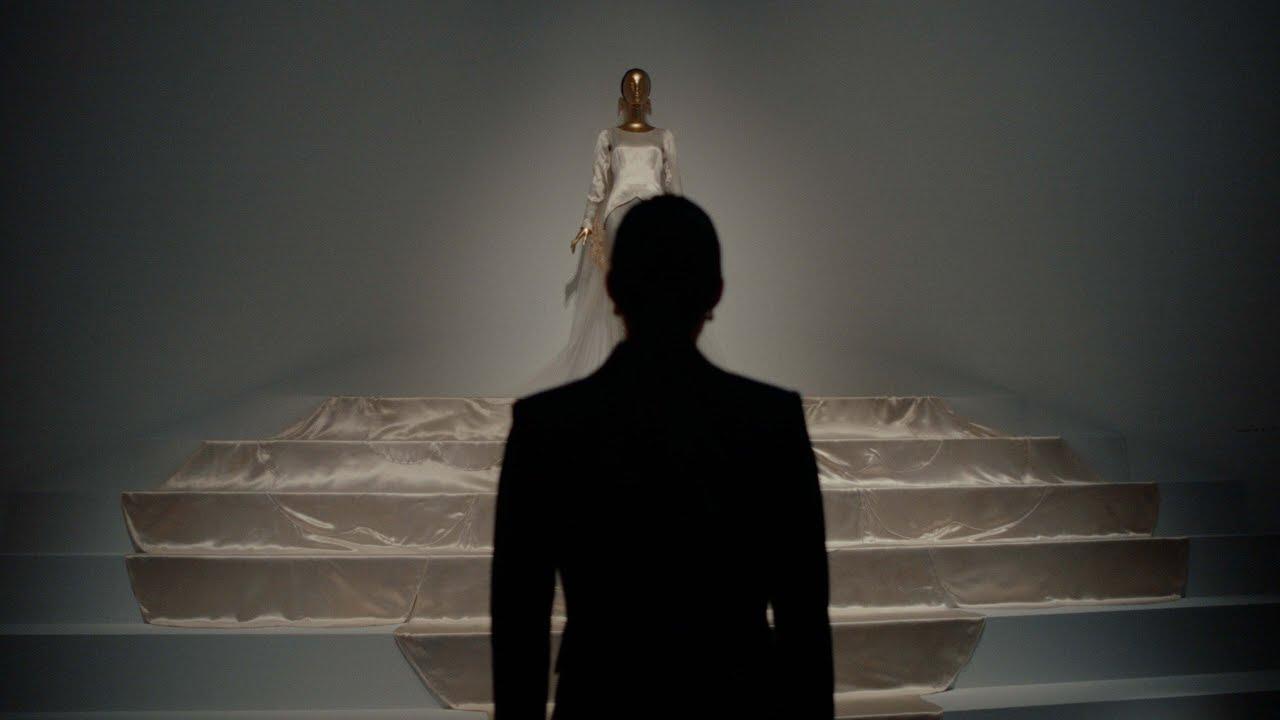The world of museums is set to undergo a remarkable transformation as advanced technologies, particularly Artificial Intelligence (AI), take center stage. Museums have always been a gateway to the past, allowing visitors to explore history, art, and culture. However, the introduction of AI into these institutions promises to enhance the visitor experience in unprecedented ways. One intriguing development is the emergence of AI ghosts, virtual personalities that guide visitors through the museum of the future.
Imagine entering a museum and being greeted by a friendly, yet ethereal, AI guide who seamlessly blends into the surroundings. This AI ghost of the past can provide an invaluable link between the visitors and the artifacts, providing a deep level of engagement and knowledge. These virtual guides are designed to be highly intelligent, capable of responding to visitors’ inquiries, offering explanations, sharing stories, and providing a personalized experience tailored to each individual’s interests.
Unlike traditional audio guides, which merely provide cold facts and figures, AI ghosts possess an eerie ability to bring history to life. They are able to recount historical events, offer contextual information, and even pose thought-provoking questions to ignite curiosity and critical thinking. Through natural language processing and machine learning algorithms, AI ghosts can understand and maintain interactive conversations, making the museum experience more immersive and interactive.
One significant advantage of AI guides is their ability to adapt and update their knowledge. As new research emerges, they can continually learn and integrate the latest information, ensuring that visitors receive the most up-to-date insights. Furthermore, AI ghosts can provide multiple perspectives on exhibits, giving visitors a well-rounded understanding of historical events or artistic movements. By offering different interpretations, they encourage visitors to think critically and form their own opinions.
The potential applications of AI ghosts extend beyond individual museum visits. They could provide an online presence, meaning people worldwide can access their expertise and engage in virtual tours and lectures. This accessibility opens up new avenues for education and cultural exchange, enabling people from all walks of life to experience the wonders of museums regardless of physical location or time constraints. In this way, AI ghosts could transcend the traditional boundaries of museums and foster a more inclusive and interconnected cultural community.
However, it is important to address potential concerns that may arise with the integration of AI into museums. Critics argue that relying too heavily on AI may detract from the human connection and the expertise of human guides. While AI ghosts can provide a unique perspective, they should not replace the invaluable insights that experienced curators and museum staff bring. Human guides can still play a crucial role in sharing their passion, personal anecdotes, and specialized knowledge, complementing the AI ghost’s offerings.
the emergence of AI ghosts as museum guides promises to revolutionize the way we experience and engage with art and history. These virtual personalities have the potential to bring the past to life, enriching our understanding and promoting a deep connection to cultural heritage. As technology continues to advance, AI ghosts may become an integral part of museums’ future, opening new worlds of exploration and learning for visitors, both physical and virtual. The synergy of human and artificial intelligence holds the key to creating an immersive and enlightening museum experience for generations to come.
Hey Subscribe to our newsletter for more articles like this directly to your email.
